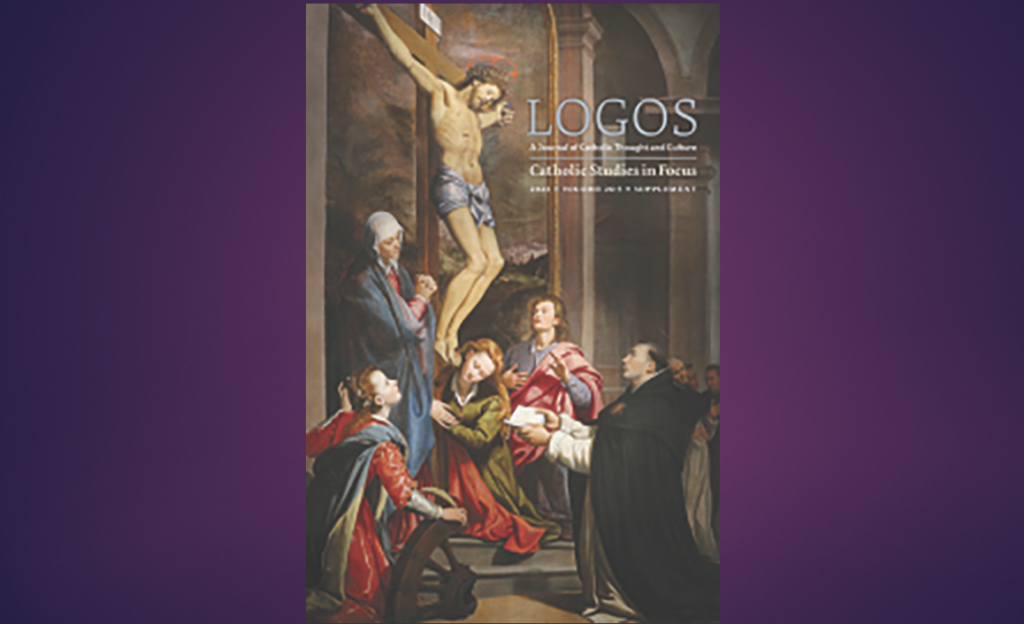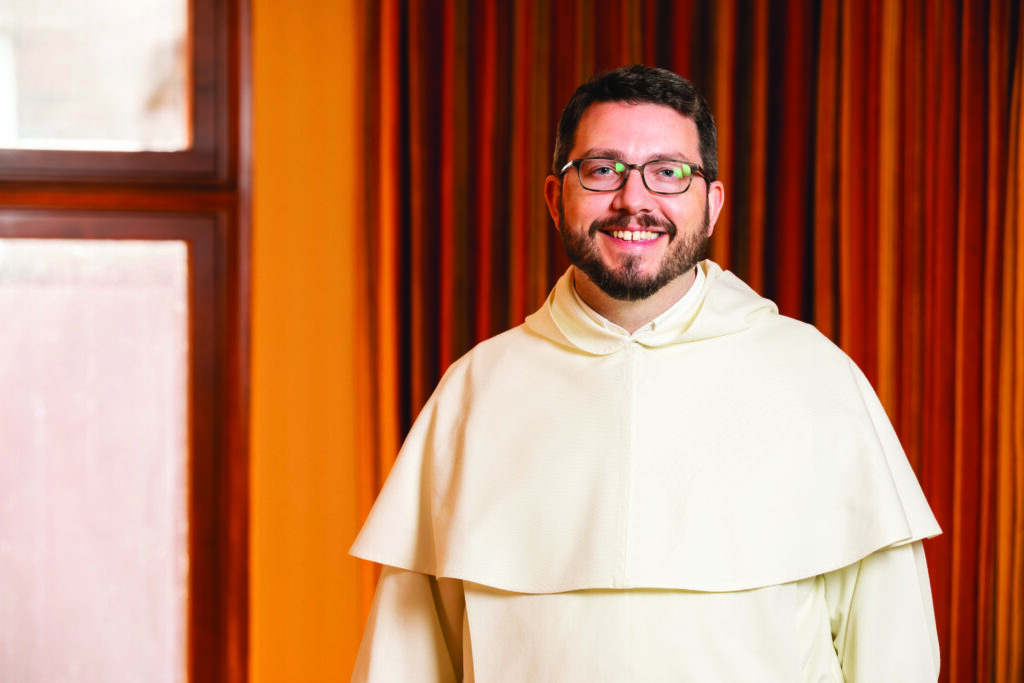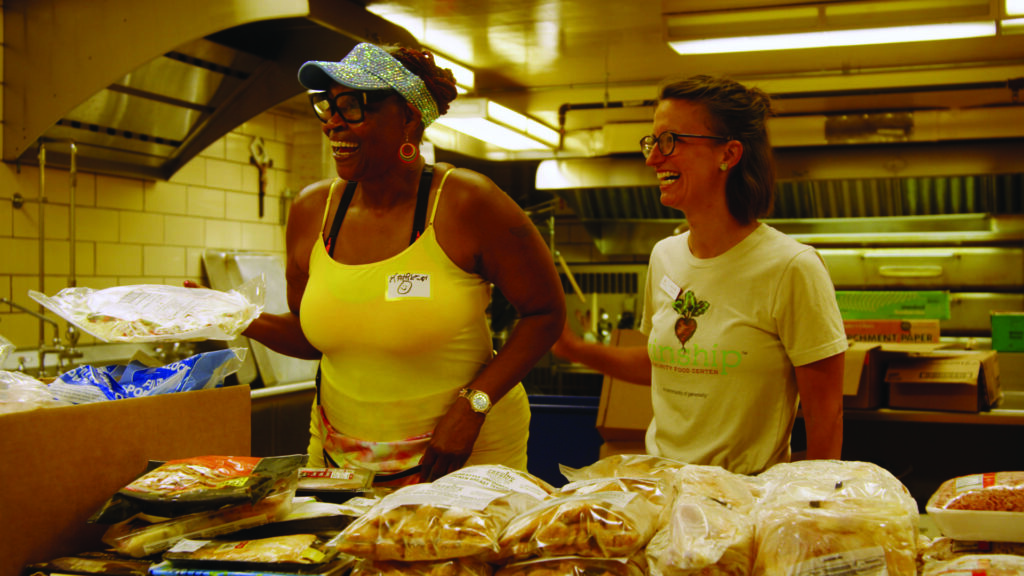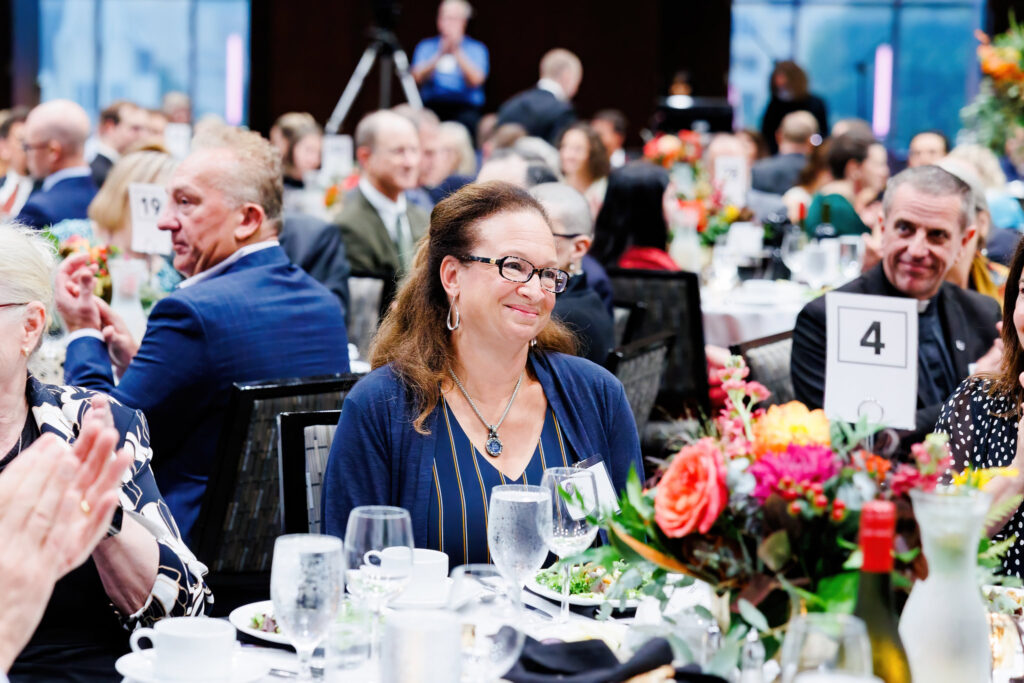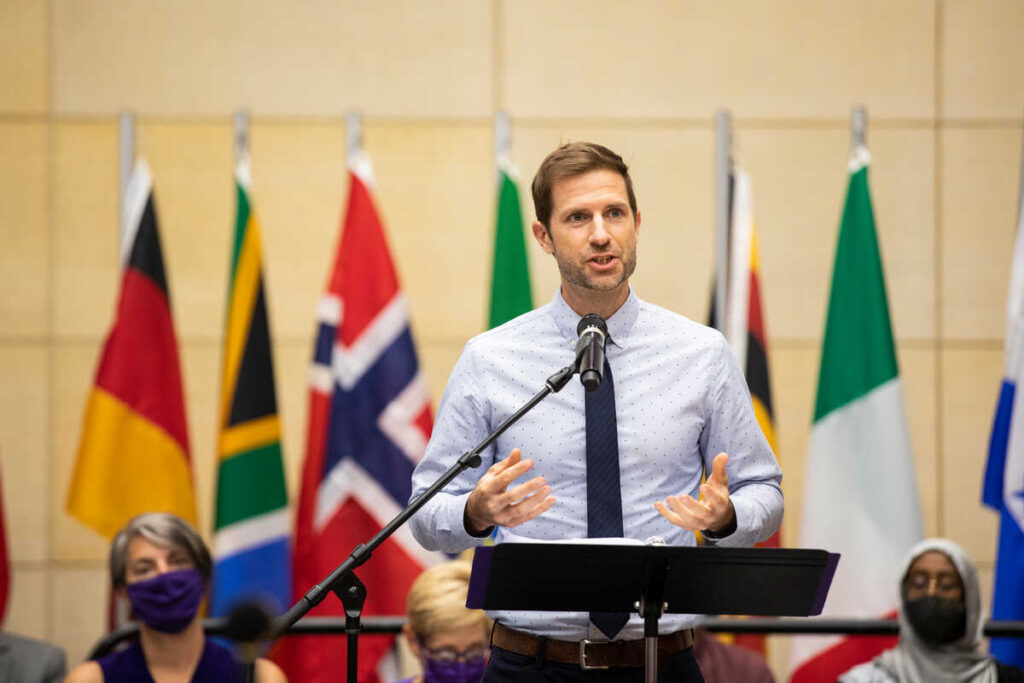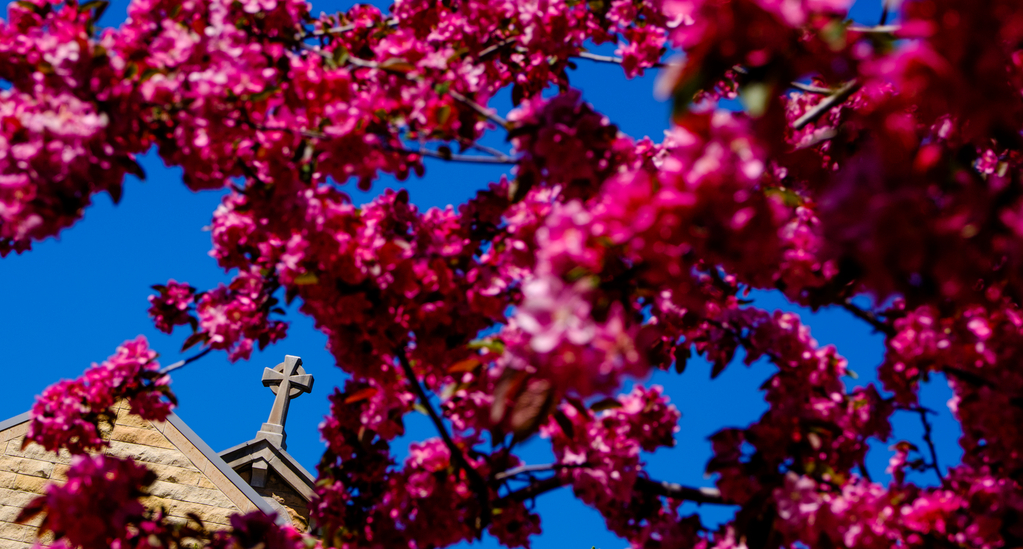Dr. Shelly Nordtorp-Madson, a clinical faculty member in art history, received her Ph.D. in the history of design from the University of Minnesota. She has been at St. Thomas since 1994 and, besides teaching, holds the position of chief curator of the St. Thomas art collection. Her courses on medieval art typically attract a large number of Catholic Studies students. Here are her reflections on her courses and students.
When the University of St. Thomas gave me the opportunity to teach a course in medieval art, I was initially worried. How could one give students an idea of the art of the period and its cultural context when there were no medieval buildings to be studied locally and the closest comprehensive medieval art collection was in Chicago? Added to that was the stress that came when I found out that fully a third of my students were going to miss the first week of class because they were finishing up the semester in the Catholic Studies in Rome program. I tried to think of ways to alter my syllabus to accommodate the situation. As it turned out, all but one of the students showed up for the second day of class, jet lagged but eager to participate, especially since they had just come from a city where they could walk out the door and find themselves in historic neighborhoods, enter ancient churches and study the great art of many ages. Although I could not bring the class to such a place, these students were able to bring a sense of that place to the class. It wasn’t long before I had changed from wondering how I would incorporate these later-comers into my class to thinking of ways that their unique experiences could enrich the course.
And their experiences certainly do enrich the course. As part of the Rome program, Catholic Studies students take a course in art and architecture and thus already have some aesthetic background. While some of the principles, elements and vocabulary they’ve been taught differ from my teaching, the theoretical basics of art history have been covered, leaving us more time for contextually oriented lectures and projects. This is particularly fortuitous for the other group of students who usually register for the course, art history majors and minors. They, too, come with a background in the fundamentals of art history, and the two groups thus complement each other. Each group brings specific talents to the table that can be melded seamlessly into great presentations with fascinating points of view and significant individual and group contributions.
Because of their backgrounds in Catholic history, Catholic Studies students also can be depended upon to know what otherwise might seem to be obscure references. For example, if asked to investigate early Irish saints, Catholic Studies students typically know where to go. If the students need to report on the Rule of St. Benedict or the Iconoclast controversy, chances are that the Catholic Studies students have already done so and can assist their classmates in understanding the issues involved and incorporating them in their work.
One of the most significant projects that I use in my medieval art classes asks students to solve two problems at once. Because Twin Cities’ museums have little by way of medieval objects, it is hard both to use the collections and comprehend the medieval context. What better way to deal with these two challenges than to use the UST campus itself? As a final group project, I often ask students to use the footprint of the campus to design such things as a medieval pilgrimage monastery, a cathedral and surrounding city, an Islamic palace, a Byzantine monastery and a fortress/castle. In doing so, they may use all of the campus’s natural and man-made sites, including the Mississippi River, the high water table, the south campus grotto and the chapels. The students design the place, establish how it will function and, using the collections available at the Minneapolis Institute of Arts, determine what kinds of objects they will incorporate for sacred or secular use. Groups present their completed projects with power point and drawings as well as written descriptions of each individual’s contribution.
This type of project may seem daunting at first. But for a class that has a significant number of students who have spent an entire semester studying medieval monasteries and churches and viewing medieval decorative arts in museums, it is fairly easy for them to imagine what the UST campus would look like if so transformed. Then it is simply a matter of researching the particulars: what kind of sewer system should be in place, what a cellarer does, the appropriate number of reliquaries for a pilgrimage church, etc.
Catholic Studies and art history students are natural collaborators. I see it every spring when the newly-returned Rome students are, side-by-side with art history students, bent over their drawings of the medieval Village of St. Thomas.


